Black Hole Found - إكتشاف ثقب أسود هائل

كتشف علماء الفلك ثقبا أسودا هائلا، أكبر مما كانوا يتصورون.
وحسب موقع "cnn"، فإن الثقب الأسود يقع في مركز مجرة "SAGE0536AGN" التي اكتشفت حديثاً.
تبعد هذه المجرة عن الأرض بمسافة حوالي ملياري سنة ضوئية ويعتقد العلماء أن عمرها يبلغ تسعة مليارات عام.
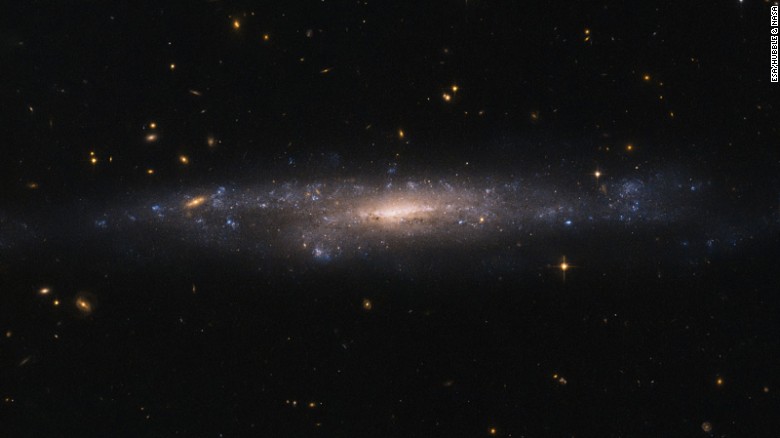
حجم الثقب أكبر بثلاثين مرة عن الحجم الذي كان يتوقعه علماء الفلك.
الثقب الهائل يفوق حجمه حجم الشمس بـ350 مليون مرة.
ولم يتأكد العلماء ما إذا كانت هذه المجرة الوحيدة من نوعها أم أن هناك مجرات مشابهة لم تكتشف بعد.
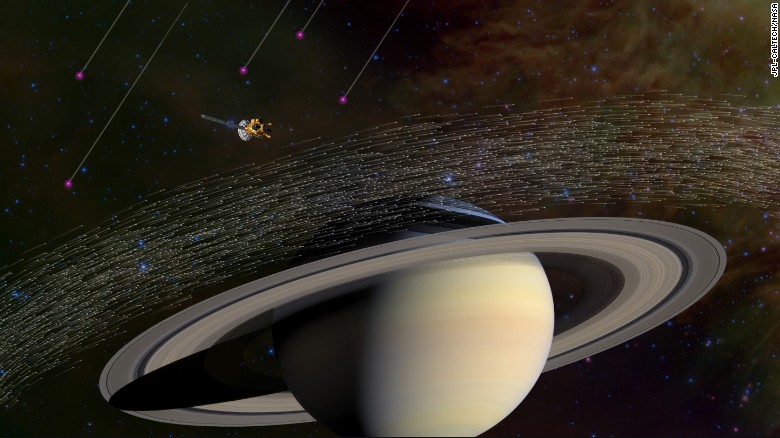
We may soon finally know what a black hole actually looks like
يبعد عنا 25 ألف سنة ضوئية.. تقنية جديدة ستظهر لنا الثقب الأسود بعد أن كانت رؤيته ضرباً من المستحيل
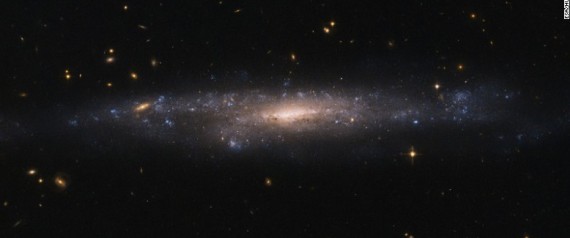
وإن كنت قد صدقت فيلم المخرج كريستوفر نولان Interstellar وكل المقاطع المصورة التي تنتجها وكالة الفضاء الأميركية (ناسا)، فأنت مخطئ. الحقيقة أننا لم يسبق لنا أن شاهدنا ثقباً أسود قط.
Despite what Christopher Nolan's "Interstellar" and fancy NASA visualizations may have led you to believe, we've never actually seen a black hole.
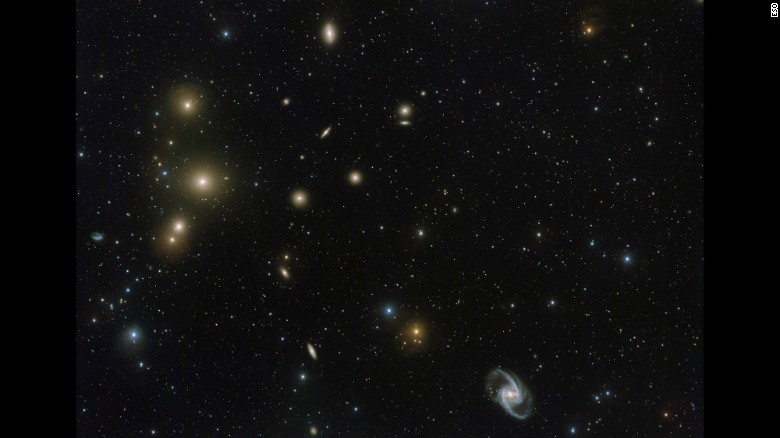
بيد أننا نعرف بوجود تلك الثقوب السوداء، فمثلاً يوجد أحدها في مركز مجرتنا درب التبانة، واسمه "القوس أ*"، لكن ثقب القوس أ* الأسود رغم طول قطره الذي يبلغ 17 ضعف قطر شمسنا (فقطره حوالي 24 مليون كم) إلا أن بعد المسافة المهولة بيننا وبينه – التي تزيد على 25 ألف سنة ضوئية – تجعل من رؤيته وإمعان النظر فيه ضرباً من المستحيل.
We know they're there. There's one at the center of our Milky Way galaxy, Sagittarius A*, for that matter.
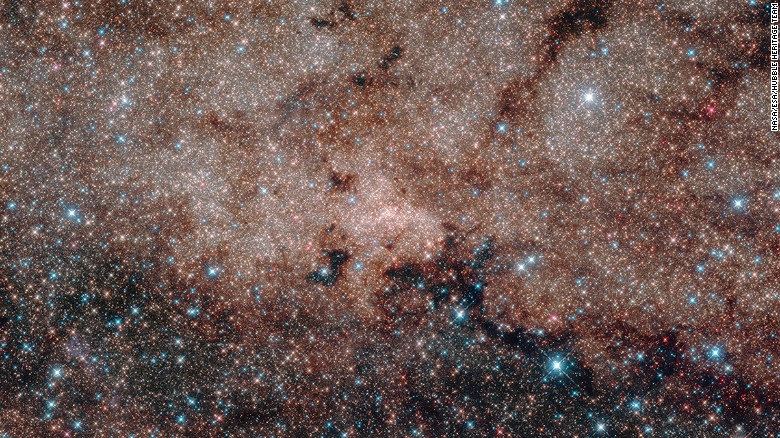
وحسب كيتي بومان، من معهد ماساتشوستس للتكنولوجيا، فإن تصوير ثقب أسود قد يكون "مساوياً لتصوير ثمرة جريب فروت على سطح القمر باستخدام تلسكوب يعمل بموجات الراديو".
But while Sagittarius A* is around 24 million kilometers in diameter -- 17 times bigger than our sun -- it's more than 25,000 light years away, making getting a good look at it nearly impossible.
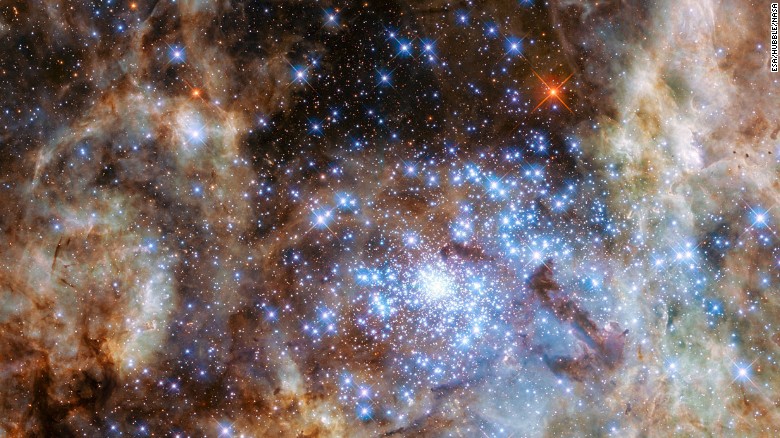
وتابعت بومان في تصريح لها: "لتصوير جسم صغير كهذا نحن بحاجة إلى تلسكوب قطره 10 آلاف كيلومتر، وهذا غير ممكن لأن قطر الأرض أصلاً لا يزيد عن 13000 كم".
According to MIT's Katie Bouman, photographing the black hole would be "equivalent to taking an image of a grapefruit on the moon, but with a radio telescope."

لكن بومان وفريقها في Event Horizon Telescope قد تتوافر لديهم إجابة جديدة وطريقة جديدة لتصوير الثقب الأسود الغامض، حسب ما نقله موقع CNN الأميركي، الثلاثاء 7 يونيو 2016.
"To image something this small means that we would need a telescope with a 10,000-kilometer diameter, which is not practical, because the diameter of the Earth is not even 13,000 kilometers," she said in a statement.
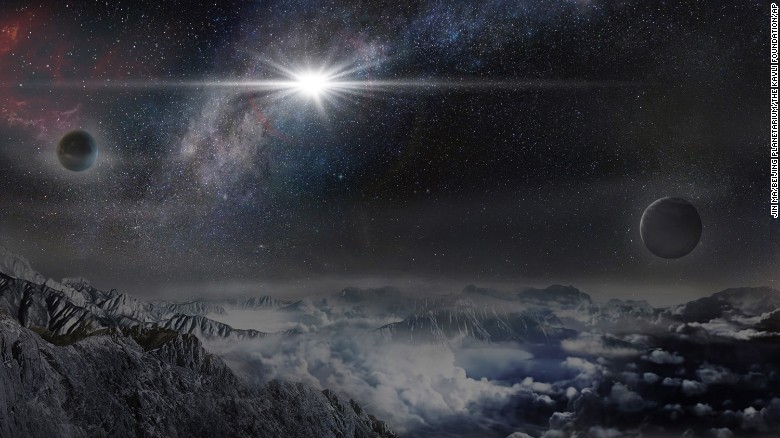
فباستخدام شبكة من 9 مناظير تعمل بموجات الراديو متوزعة حول أرجاء الكرة الأرضية، ستعمل المناظير على أخذ قياسات الثقب الأسود من "مواقع متباعدة جداً"، ومن ثم يتم تركيب الصور كأن العلماء ينظرون باستخدام تلسكوب راديو واحد ضخم.
Fade to black
However, a new method, developed by Bouman and members of the Event Horizon Telescope team, may have the answer.
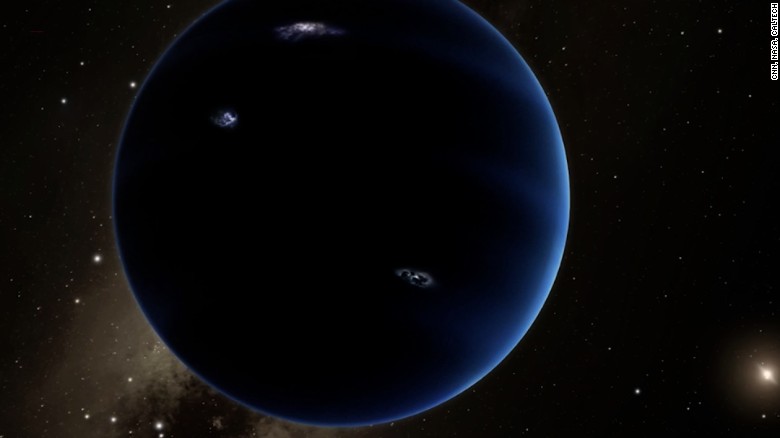
A network of nine radio telescopes, dotted around the globe, will take measurements at "widely divergent locations," combining the pictures to make it as if scientists were looking at one giant radio telescope.
وتقول بومان إن موجات الراديو لها الكثير من الإيجابيات. "فكما تخترق موجات تردد الراديو الحيطان، كذلك تستطيع اختراق غبار المجرات. لن نتمكن أبداً من رؤية مركز مجرتنا رأي العين لأن هنالك الكثير من الأجسام والأشياء التي تحول بيننا وبينه".
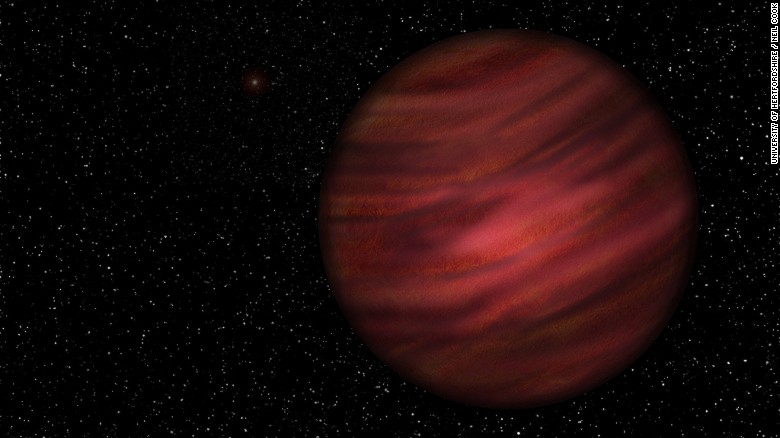
Bouman says radio wavelengths come with a lot of advantages.
وكانت بومان وفريقها قد طوّروا لوغاريتمية ستعمل على ملء الفراغات وتنقية وتصفية كل التشويش والضوضاء الناجمة عن غلافنا الجوي.
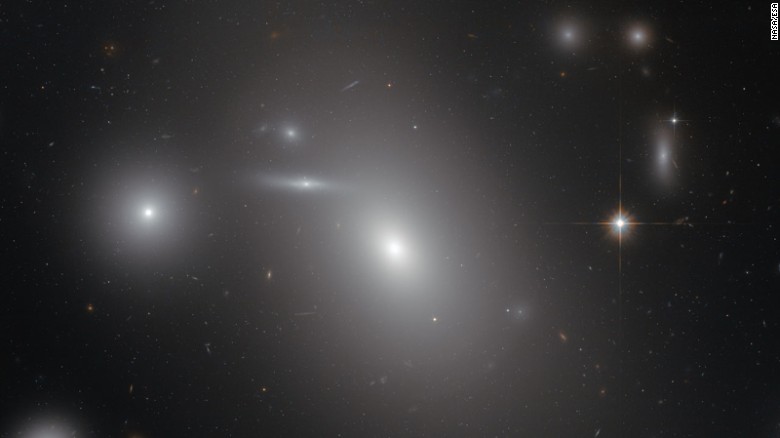
"Just like how radio frequencies will go through walls, they pierce through galactic dust. We would never be able to see into the center of our galaxy in visible wavelengths because there's too much stuff in between."
وقد أتم فريق The Event Horizon Telescope مؤخراً معظم تحضيراته التقنية وقريباً في عام 2017 سيخرج بأول صورة للثقب الأسود لتراها الأعين.
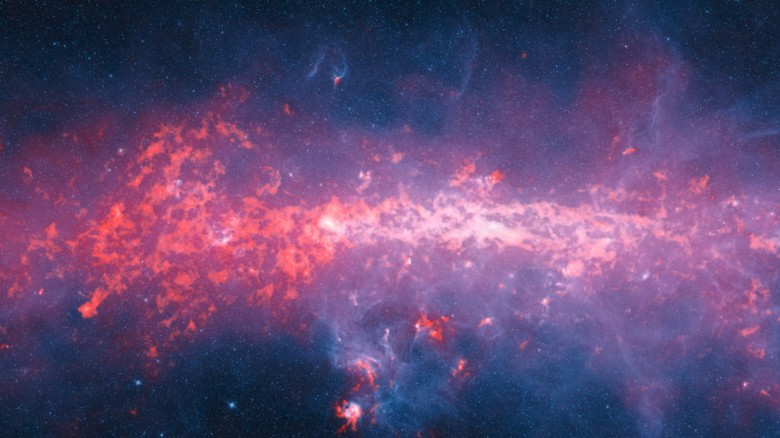
An algorithm, developed by Bouman and her colleagues, will fill in the gaps and filter out the interference and noise caused by our own atmosphere.
The Event Horizon Telescope recently completed most of its technical preparations and could produce humanity's first ever picture of a black hole by 2017.

No comments:
Post a Comment
Note: Only a member of this blog may post a comment.